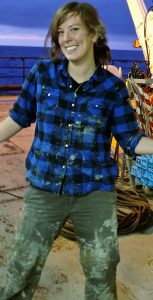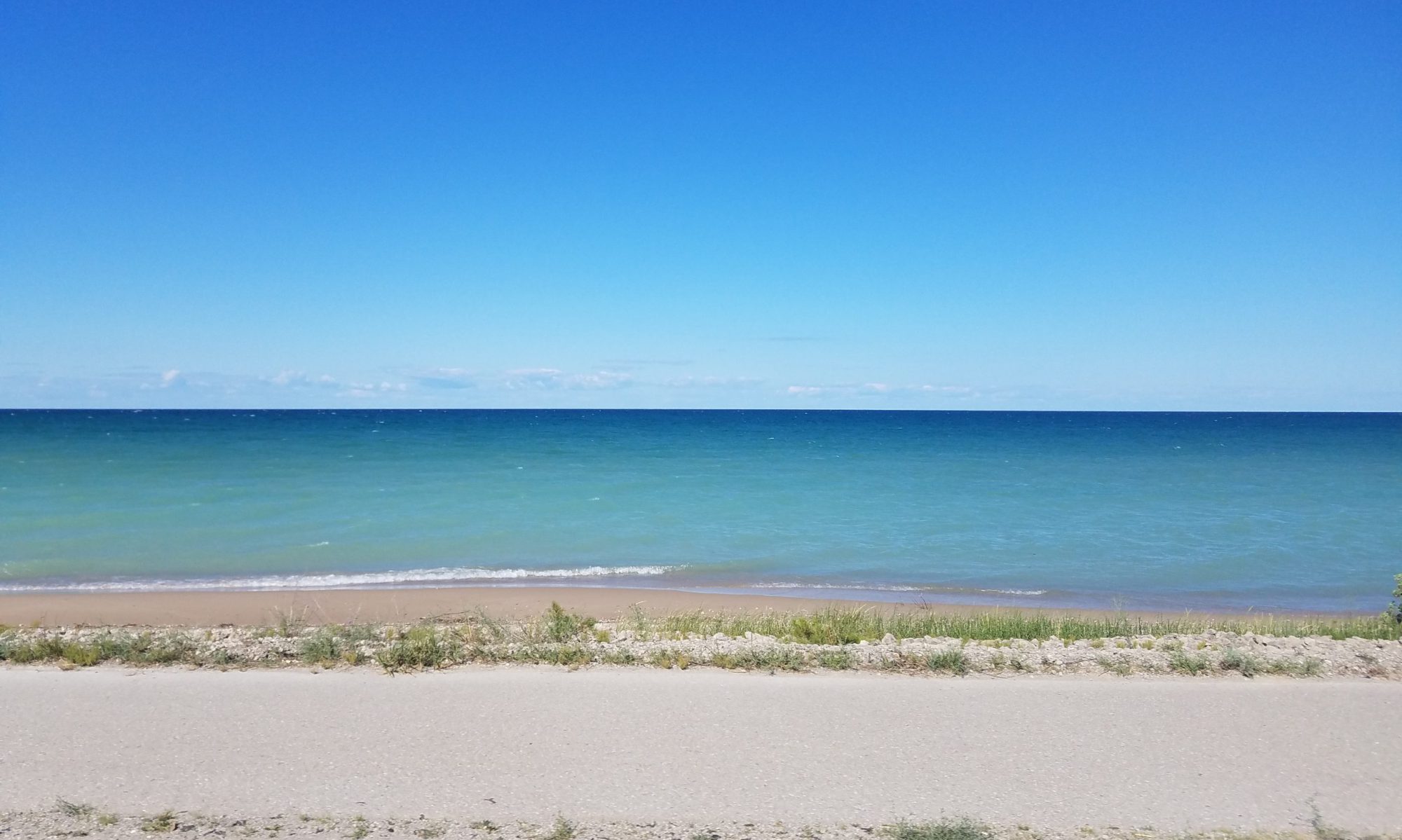 Research Interests
Research Interests
My research is focused on the geochemistry of modern and ancient sediments. Specifically, I employ a wide variety of tools including stable isotope and trace element geochemistry to reconstruct ancient environments. My previous work was focused on low-oxygen settings and understanding the role of anoxia on local and global ocean chemistry and ecology. Ongoing projects include reconstructing sulfur cycling in methane seep environments and the depositional history of the organic-rich Monterey Formation and its impact on and role in Miocene climate. Current work at Michigan State includes using nitrate nitrogen and oxygen isotopes to determine nitrogen sources to Michigan rivers, and using boron isotopes to quantify septic contamination in freshwater systems.
Education
Ph.D. The University of California Riverside, Earth Science
Graduate Advisor: Timothy W. Lyons
Dissertation Title: Proxy Applications for Reconstructing Carbon and Sulfur Cycling in Ancient Marine Environments
B.S. The University of Georgia, Geology
Recent Publications
Hancock, L.G., Hardisty, D.S., Behl R.J., and Lyons T.W., 2019, A multi-basin redox reconstruction for the Miocene Monterey Formation, California, USA: Palaeogeography, Palaeoclimatology, Palaeoecology., v. 520, p. 114-127, 10.1016/j.palaeo.2019.01.031.
Feenstra, E.J., Birgel, D., Heindel, K., Wehrmann, L.M., Jaramillo-Vogel, D., Grobety, B., Frank, N., Hancock, L.G., Van Rooij D., Peckmann, J., and Foubert A., in review, Constraining the formation of authigenic carbonates in a recent seepage affected cold-water coral mound by lipid biomarkers: Geobiology.
Walker, S.E., Hancock, L.G., Bowser, S.S., 2017, Diversity, biogeography, body size, and fossil record of parasitic and suspected parasitic foraminifera: A review: Journal of Foraminiferal Research, v. 47, p. 35-56.
Tarhan, L.G., Haddad, E., Solon, C.M., Dahl, R.M., Hancock, L.G, Henry, S.E., Joel, L.V., and Thompson, T.J., Droser, M.L., 2016, Seafloor colonization in the earliest Paleozoic: evidence from the Cambrian of Death Valley: Proceedings of the Death Valley Natural History Association, p. 3-27.
Loyd, S.J., Sample, J., Tripati, R.E, Defliese, W.F., Brooks, K., Hovland, M., Torres, M., Marlow, J., Hancock, L.G., Martin, R., Lyons, T.W., and Tripati, A.E., 2016, Methane seep carbonates yield clumped isotope signatures out of equilibrium with formation temperatures, Nature Communications, v. 7, article 12274.
Hancock, L.G., Walker, S.E., Perez-Huerta, A., and Bowser, S.S., 2015, Population dynamics and parasite load of a foraminifer on its Antarctic scallop host with their carbonate biomass contributions: PLOS ONE, 10(7): DOI: 10.1371/journal.pone.0132534.

